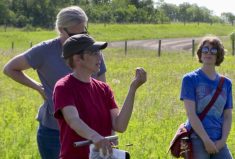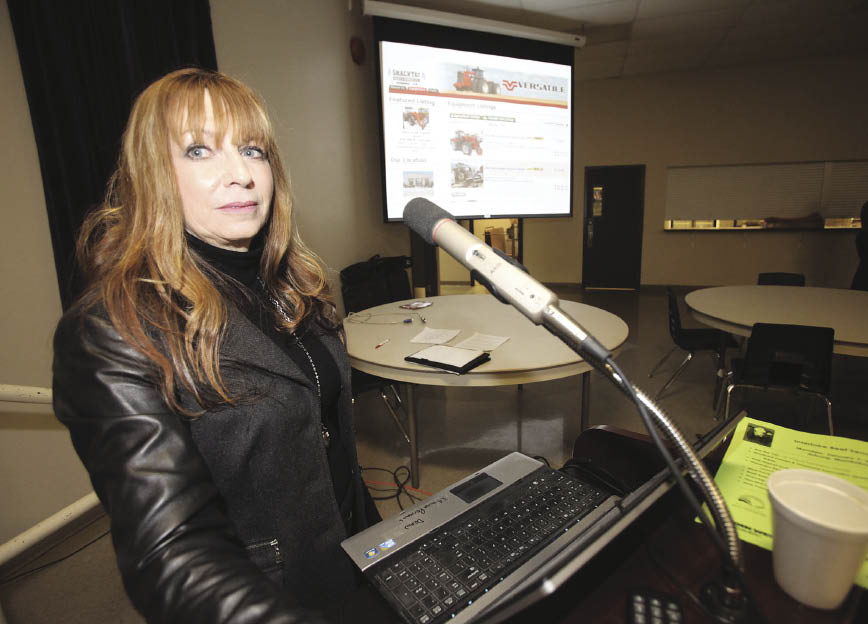One invasive species leads to another, says an article published in the current issue of Rangeland Ecology & Management.
A release from the magazine’s publisher, the Society for Range Management, says the authors began with the idea that as people develop a rural area, they change the original habitat by introducing foreign species and spreading them, sometimes unintentionally.
Their study covered three million hectares of northern sagebrush steppe in southwestern Wyoming. The authors targeted infrastructure such as roads, oil and gas well pads, pipelines and power lines and then created 1,000-metre-long sample sites extending outward from these man-made features.
Read Also

Manitoba Forage and Grasslands Association wins Water Canada innovation award
The farmer-led Manitoba Forage and Grassland Association has earned the Early Adopter/Innovation Partnership Award from Water Canada for the MFGA’s collaborative Aquanty hydrological modelling project for water management.
The authors expected that invasive species would be densest within 50 to 100 metres of the man-made features and drop steeply as the sample site became less disturbed. This pattern did appear in some cases, however, they often did not see a decline until 500 or even 700 metres out.
More invasive plant species lined informal roads than other human-built features, but all roads, well pads, and pipelines were surrounded by more invasive species compared with semi-remote reference sites.
Full text of the article “Human infrastructure and invasive plant occurrence across rangelands of southwestern Wyoming, USA” is available at www.rangelands.org.















